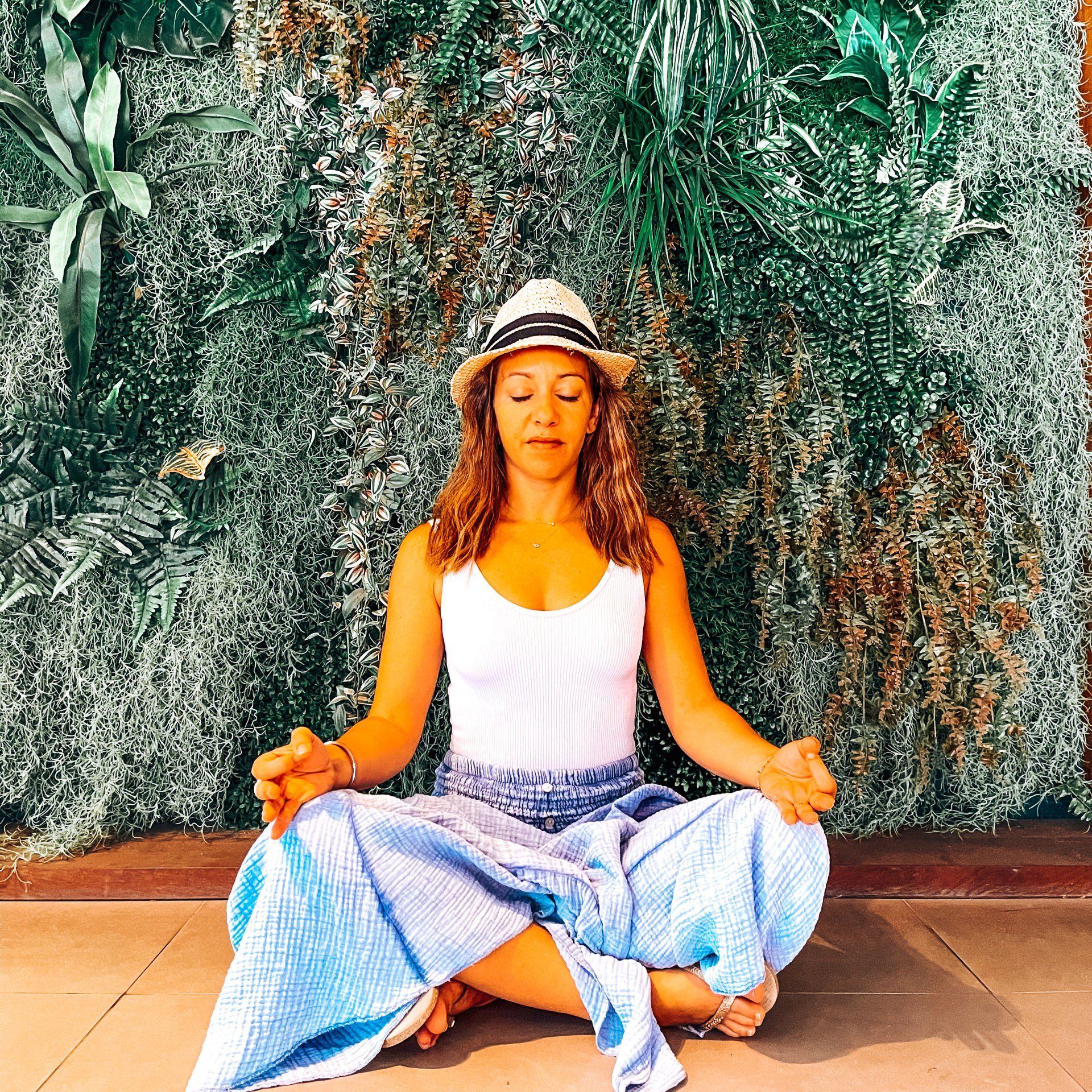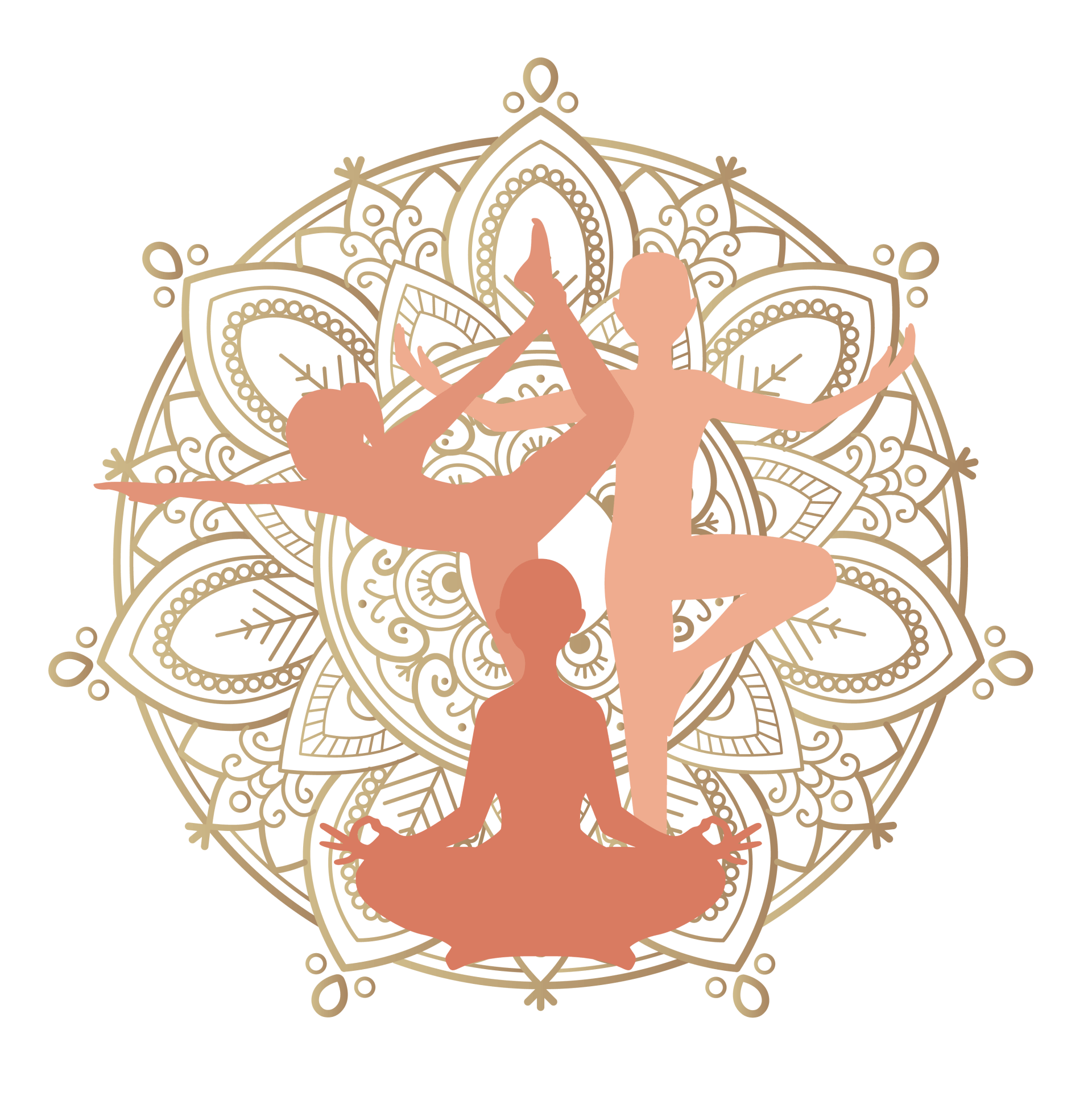How to integrate yoga philosophy into your practice

1/ Start with an intention
Before the practice begins, invite students to set an intention for their practice. Invite them for a moment to think about what they want to accomplish or explore, and how they can apply the yoga philosophy principles to their practice.
They need to set an intention, "I intend to". Intention is the way we want to live the path, the way we want to support ourselves during a practice, a specific time period.
Setting an intention is a sign of self-love, because we are doing something for ourselves, without the aim of sharing it with someone else, even if the intention may be dedicated to someone else. With a clear intention, we are connected to ourselves, to self-love, and we decide how we wish to practice.
With intention, there's a sense of letting go, of focusing on how we're going to turn the experience around, which is an important component of the Law of Attraction.
As soon as we set our intention, we are driven, we have clarity and we reconnect with the universe. It is a moment of intense vibration, of bringing awareness, energy and impulse to what we are experiencing.
Example: I forgive myself and others.
2/ Using positive affirmations and mantras
Use positive affirmations or mantras throughout the session to encourage students to focus on the present moment, cultivate gratitude and compassion for themselves and others, and become aligned with their true nature.
By repeating the specific mantra or phrase, you connect to the energy of the universe. This will help you attract what you desire. A yoga teacher may ask a student who is struggling with self-awareness to chant or recite the mantra "I am enough".When pronounced out loud and combined with yoga poses and deep, soothing breaths, the student will gradually begin to train his or her own brain to believe this affirmation.Nowadays, yogis still use sacred mantras, but it's interesting to encourage students to create their own yoga mantras. The first and best-known mantra is Om. Yogis chant this powerful mantra with the intention of improving communication with themselves and others, and with the universe.
3/ Include pranayamas
Pranayamas, or breathing exercises, are an important part of yoga practice and can be very helpful for quieting the mind and connecting with the breath. Explain the benefits of different pranayamas to your students and integrate them into the session.
In Patanjali's yoga sutras, pranayama is the fourth limb of yoga. Pranayama is the breathing discipline of vital energy.
From a very physical point of view, Pranayama is known as a breathing method, but it goes much further than that.
Prana, which represents our life force and is known as the fine air that circulates through our body, also represents this subtle force that passes through the so-called Nadis. Nadis, or rivers flowing through the body, are the vessels allowing energy to circulate; these vessels are the same as the meridians known in Chinese medicine.
Prana is necessary for the body to function properly. When Prana is fluid and constant, it prevents blockages in the nadis.
When the vital force of Prana is no longer balanced, that's when we notice the body's weaknesses.
The word Yama means to master or control; depending on how the word is broken down, it can also mean to extend or increase. So the word Pranayama can be used to describe several methods/techniques encouraging the body to control the breath.
There are many different Pranayama techniques, and in our training we focus mainly on:
- The Ujjayi breath : This breath is also known as the victorious breath, the breath of the ocean and sometimes even the cobra's breath, so called because of the sound we make when we practice it. It warms the body, stimulating and generating an intense heat called "Agni", which is distributed to the internal organs and then radiates throughout the body.
- Nadi shodhana breath, This one comes from Sanskrit Nadi, which represents the various rivers/channels of the body, and the word Sodhana, which means purification.
In other words, this breathing purifies and balances the body's energies, regenerating the pranic channels.
It can be practiced before meditation.
- KAPALABHATI breath, the skull shining breath or breath of fire.
This breath comes from the Sanskrit word Kapa, meaning head, and bhati, meaning to cleanse, to shine. It's therefore known as skull shining or, more commonly, breath of fire, the aspect of fire here specifying the energizing aspect.
This breathing technique is well known in the yoga world, but more specifically in Kundalini yoga. It's an intense and powerful breath, and requires a lot of humility.
4/ Incorporate the principles of Ashtanga yoga
Ashtanga yoga is the foundation of yoga practice and embodies the eight limbs of yoga, which include the principles of non-violence, truthfulness, non-dependence and self-awareness. Use these principles as a guideline for your practice.
It's the pursuit of harmony with the outside world. It's no coincidence that these principles are common to most forms of spirituality. These principles are a code of conduct and valuable subjects for reflection and meditation. A yogi will not say to himself, I'm "non-violent" because the yamas say so, but rather he will seek to find out why he shouldn't be and how not to be.
5/ Close with a meditation
End the practice with a guided meditation to help students focus on their body, breath and mind. Encourage them to observe their thoughts without judgment and cultivate inner peace.
Regular practice of yoga poses (asanas) and pranayama is the perfect preparation for meditation. And practicing meditation at the end of a class helps us to go inward more easily.
If, on the other hand, you prefer to do the meditation before the poses, it will quiet the mind and help you get the most out of your yoga practice. This is why a yoga class generally begins with what's known as a centering, or "coming back to the self", which is similar to a short meditation.
Bringing these aspects into your yoga class may help your students understanding and experiencing the yoga philosophy in their daily practice and life.
For all these reasons, a yoga teacher training should also include a section about the philosophical benefits of a regular practice as well. This is precisely what we offer with all our trainings.







